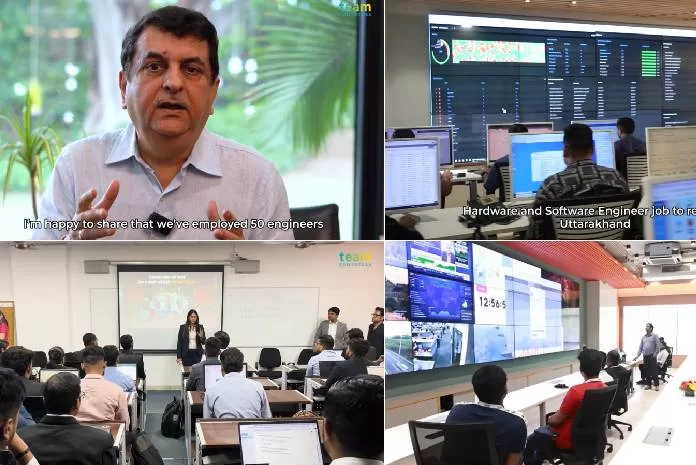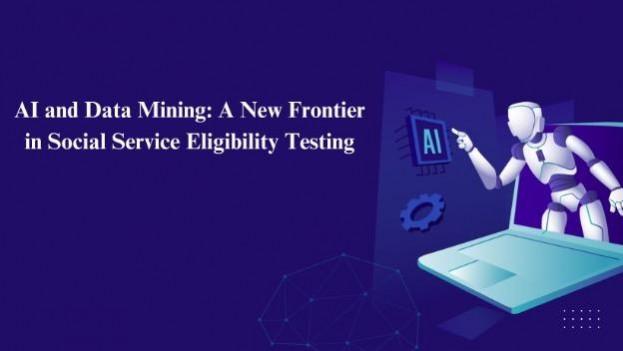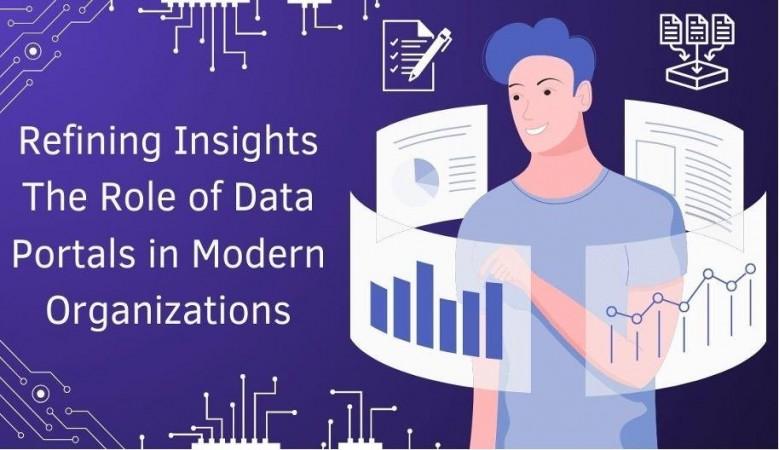It’s an endless race: As applications add new features and capabilities, computing power and storage need to increase to keep up. More power and storage mean apps can get bigger and more resource-intensive, and the cycle continues. All of this is centered on one key factor: the growing ocean of data facing every business, and how to capture, use and share it effectively.
Today’s solid state drives (SSDs) meet these demands with higher capacity, accelerated read and write speeds, and faster connections to computing systems. They are also more reliable and require less power — features that translate to more efficiency and productivity.
Since ever-expanding data needs are the driving force behind storage, it’s essential to understand how new storage technologies can impact performance organization-wide.
More storage, less space, higher performance
With data needs growing exponentially, packing more storage into the same or less space is a huge business priority. Organizations need to control the costs of expanding data centers and server rooms, and with a more mobile workforce, laptops need to be lighter and more power efficient while supporting more complex applications.
To meet these needs, Samsung launched one of the biggest advancements in SSD technology in 2014 when it introduced 3D NAND, also called vertical NAND (V-NAND).
V-NAND stacks memory chips vertically, for more density in a given space. The result is memory that is twice as fast as earlier types with half the power demand. V-NAND is more reliable than 2D memory, making it ideal for critical applications where continuous uptime is essential.
The earliest V-NAND memory stacked 32 layers of chips; today’s 990 PRO SSD has 176 layers of NAND for even more capacity and speed. For business users of every description, this translates to more capability:
- Engineers can create more complex 3D CAD designs without slowing down
- Video producers can edit, apply effects and render high-resolution files in record time
- Financial analysts can crunch more data faster than ever
- Radiologists and technicians can capture and store more detailed MRIs and CAT scans
- Researchers can capture and correlate vast amounts of information to generate new insights
Now in its 9th generation, Samsung’s V-NAND packs more ultra-fast storage into a fraction of the space while also reducing energy needs by 30 to 50%. As a result, today’s high-performance SSDs can store 4TB to 8TB in a drive that supports every power user, whether they prefer a desktop workstation for engineering design functions or a go-anywhere laptop that can handle complex coding or video editing challenges. Samsung’s V-NAND SSDs are also ideal for can’t-fail data center use.
Making the connection
Drive speed and capacity are just part of the performance equation. More data means more potential for bottlenecks tying up the path between drives and users. From the SATA standard to PCIe® interconnections and NVMe® interfaces, connection standards keep evolving to dramatically improve bandwidth and throughput.
How much faster? SATA started out with a bandwidth of 1.5Gb per second (Gbps); today, the SATA III standard quadruples those limits. Meanwhile, the PCIe standard began as exponentially faster than SATA, but has quickly evolved. Starting with PCIe 1.0’s 8 Gbps of bandwidth back in 2003, today’s NVMe® SSDs on PCIe 4.0 can hit a whopping 16 GT/s. Yet, that speed limit has already been broken.
PCIe 5.0 enables speeds that are literally twice as fast as Gen 4 devices. Gen 5 SSDs will reach blistering throughput speeds, with up to 32 GT/s of bandwidth. Users will feel the difference with every data-intensive application, from data analysis to 3D modeling to gaming.
Matching storage needs
Different use cases have different requirements. While some users need maximum performance, not everyone needs all that power at all times. Still, advances at the high end enable improvements for all users.
Healthcare provides a perfect example of matching SSD power to need. Digital imaging devices, including CAT scanners and MRIs, need large, high-performance NVMe or enterprise SSDs, like the Samsung PM9A3. However, laptops on nurses’ carts most likely don’t need that level of capability; for PCs with a PCIe connection could use a smaller capacity NVMe SSD, vehicle older laptops can deliver cost-effective performance with an upgrade to a Samsung SATA drive.
Use cases with high data demands, such as video production, digital engineering and multimedia need larger, faster SSDs, while general business users may need less capacity and speed. At the same time, road warriors and mobile content producers may also need a fast, durable portable drive, like the Samsung T7 Shield, which can hold up to 4TB in a rugged, yet tiny package, to easily store and move data wherever needed.
The chasm between high performance and cost-effectiveness is no longer as wide as it used to be. With the 990 EVO Plus, Samsung delivers breakthrough value and performance. This hybrid Gen 4/5 SSD puts faster speeds into the hands of more users and helps boost productivity across the organization.
Samsung: helping users stay one step ahead
Organizations of every size and description are creating and consuming more data every day. For desktop and laptop PCs, 1 and 2 TB SSDs have replaced 256 MB drives for the majority of day-to-day business needs, while in the data center, 15 TB drives rarely seen even a year ago are now becoming mainstream.
The need for larger capacities and higher speeds will keep accelerating. That’s why Samsung does more than just keep pace with change. At every stage, Samsung has anticipated where users’ storage needs are headed — engineering new generations of storage devices that ensure businesses are ready for today and tomorrow.
Ready to tame the data beast? Discover the power, performance and reliability of Samsung’s V-NAND PCIe 4.0 SSDs.












